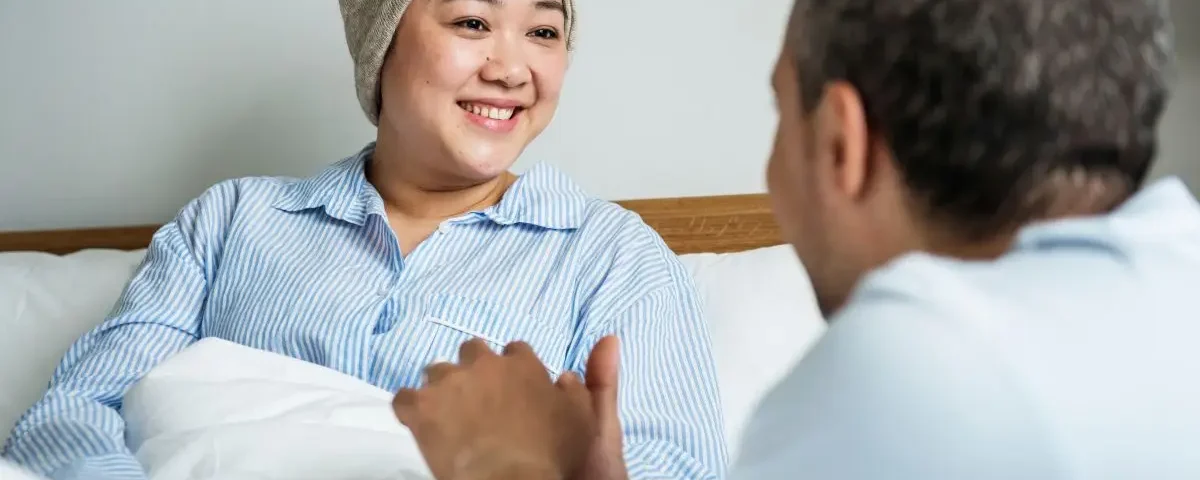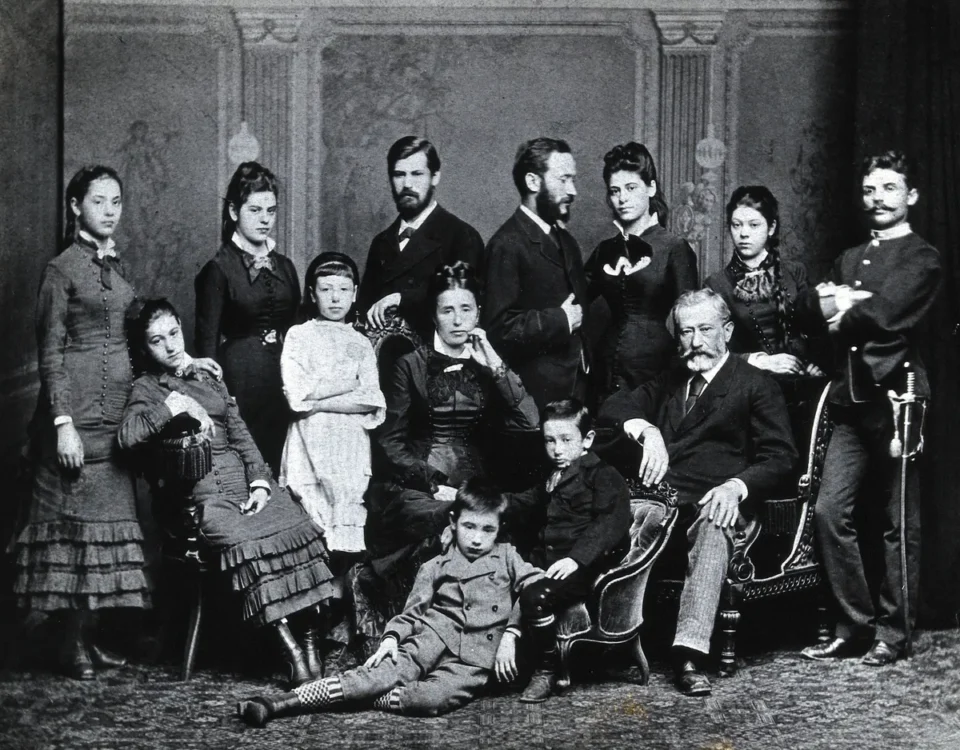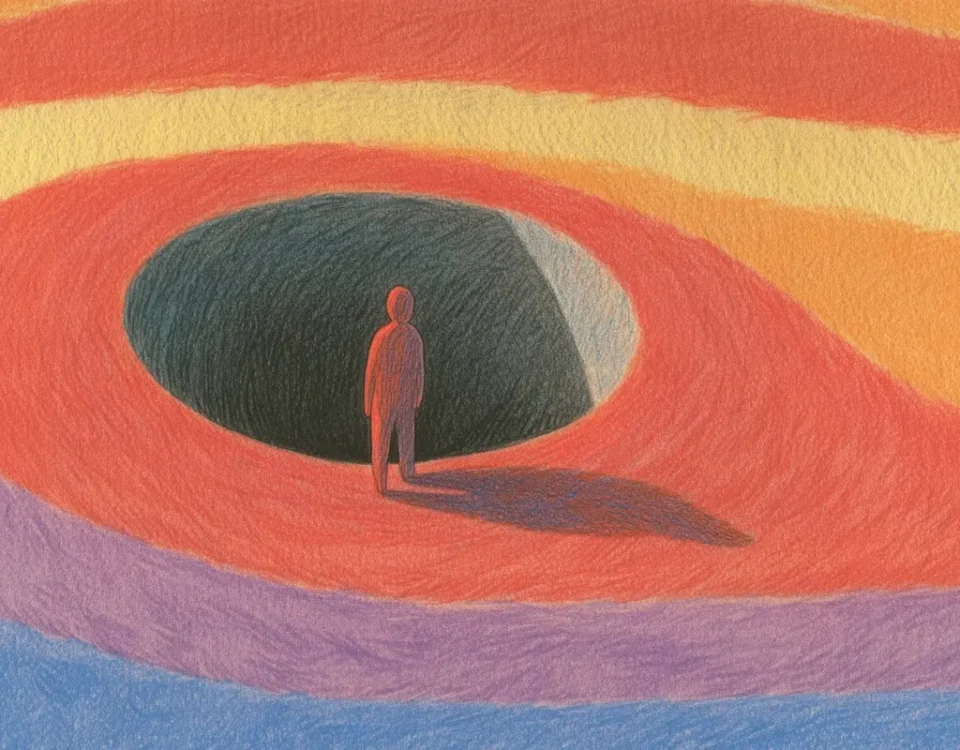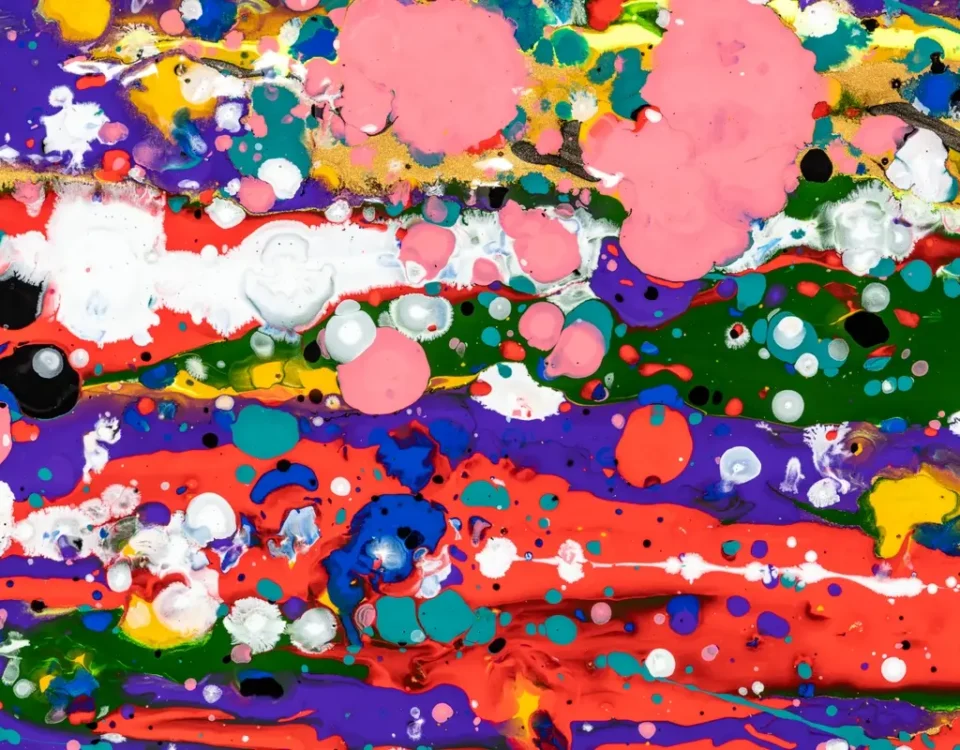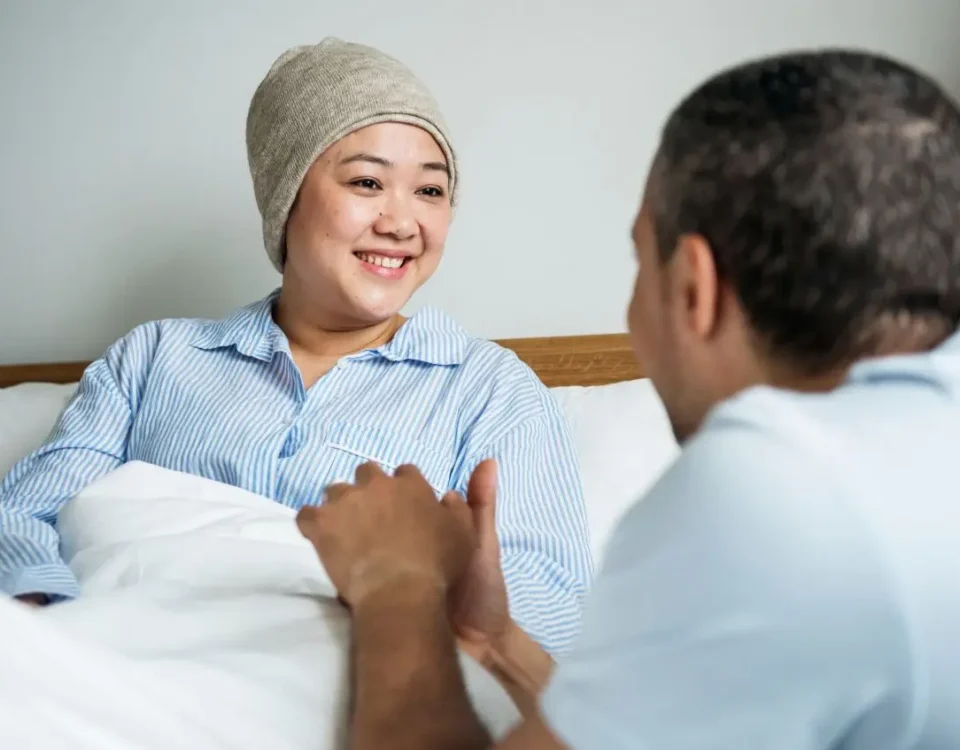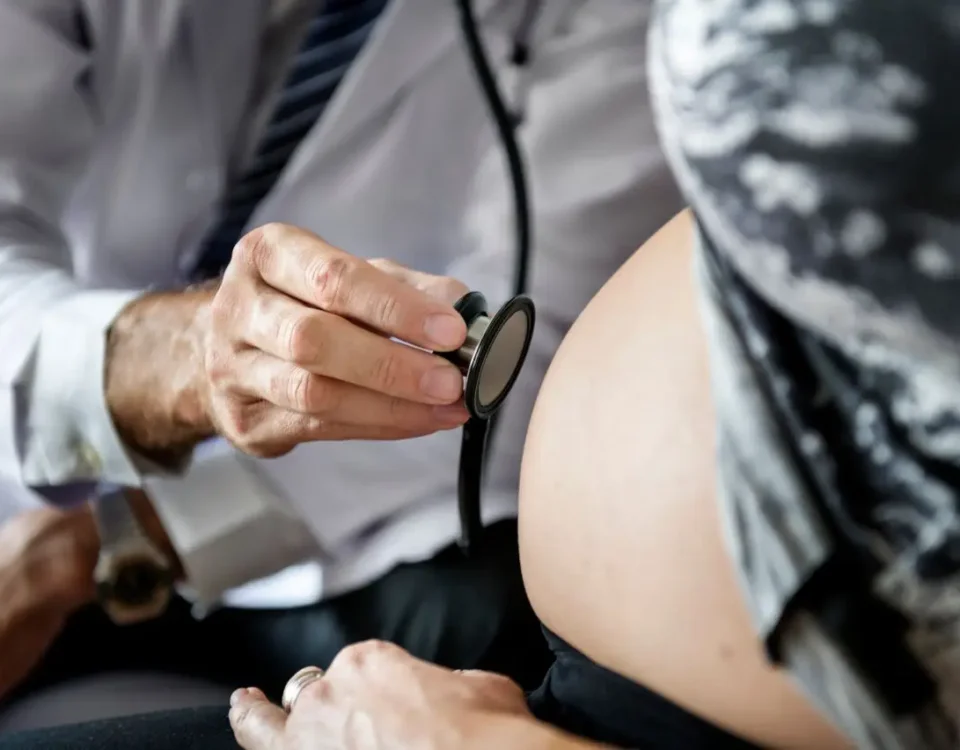
From Classroom to Clinic: Essential Strategies for Medical Students
April 11, 2025
Medical Student’s Ultimate Survival Guide: Conquering Sleep, Stress, and Studies
April 11, 2025Summary (TL;DR)
Empathy forms the foundation of trust and better communication, nurtured through practices like workshops, gratitude journaling, and active listening. Mastering the medical interview involves a balance of structure and compassion, using tools like OPQRST-AAA and the ICE framework to understand patient perspectives.
Despite technological advances, hands-on clinical observation remains essential for accurate diagnosis. Lifelong learning and experience refine diagnostic expertise, while balancing technology with human connection ensures patient-centered care. By integrating these principles, healthcare professionals can achieve both clinical excellence and compassionate care.
The practice of medicine is an intricate blend of science and art, where clinical knowledge meets human connection. In today's rapidly advancing medical landscape, it's crucial to maintain a balance between technological innovation and the fundamental human elements of healthcare. This comprehensive guide synthesizes essential principles from multiple perspectives on patient care, creating a holistic approach to modern medical practice that respects both traditional wisdom and contemporary advancements.
The Foundation of Effective Patient Interaction
Building Meaningful Connections Through Empathy
Empathy stands as the cornerstone of effective medical practice, serving as the bridge between clinical expertise and patient-centered care. Over recent years, this vital element has been gradually eroding from our healthcare systems, leaving both patients and practitioners yearning for more meaningful connections. Empathy enables healthcare professionals to transcend mere diagnosis and treatment, allowing them to truly understand and share in their patients' emotional experiences. It broadens our perspective beyond personal biases and encourages a community-oriented approach to medicine, where each interaction becomes an opportunity for genuine human connection.
The erosion of empathy in medical practice isn't necessarily due to a lack of caring among doctors but rather a consequence of constant exposure to pain, suffering, and death. As medical professionals witness these intense emotions daily, it's natural for their minds to develop a protective desensitization. However, maintaining empathy is crucial for transforming healthcare centers into true sources of comfort and healing for communities. To achieve this, we must look beyond simple disease labels and view patients through a human lens, recognizing the complex emotions and experiences that accompany illness.
Several practical approaches can help cultivate and maintain empathy in medical practice. Regular participation in empathy workshops, ideally led by clinical psychologists, can provide valuable tools for navigating human emotions. Engaging with social causes during free time helps reinforce humanity and minimize professional barriers, while gratitude journaling develops appreciation for personal privileges and fosters understanding of others' challenges. Even when natural empathy feels difficult to muster, simple acts like smiling genuinely and asking "How are you?" can create profound comfort for patients and their families. Most importantly, giving patients space to express their concerns fully makes them feel heard and valued, addressing significant psychological aspects of their condition.
Mastering the Art of Medical Interviews
The medical interview represents one of the most crucial skills in a physician's toolkit, combining technical expertise with interpersonal finesse. This delicate balance requires careful attention to various elements that contribute to a successful patient encounter. First impressions matter significantly – beginning with a proper introduction that clearly establishes your role and purpose sets the tone for the entire interaction. While it's tempting to let patients lead the conversation, skillfully guiding the dialogue ensures efficiency without sacrificing depth. For instance, when a patient describes their back pain through numerous anecdotes, strategically asking about onset and progression can save valuable time while still capturing essential information.
Respecting patient privacy forms another critical pillar of effective interviews. This includes ensuring physical privacy during consultations and maintaining strict confidentiality regarding patient information. Creating a comfortable environment where patients feel safe sharing intimate details can dramatically improve the quality of information gathered. Sometimes, this might mean politely requesting family members to step out temporarily or reassuring patients about the secure handling of their medical information.
Building a strong doctor-patient relationship directly influences the effectiveness of medical interviews. When patients perceive their doctor as trustworthy and empathetic, they're more likely to disclose complete and accurate information. This relationship-building process involves adopting a non-judgmental stance, avoiding potentially confrontational questions, and demonstrating genuine care through active listening techniques. Simple phrases like "So you've been experiencing these symptoms for two months now, is that correct?" not only confirm understanding but also signal to patients that their words matter.
Understanding the patient's perspective requires deliberate effort and structured questioning. The ICE mnemonic (Ideas, Concerns, Expectations) provides an excellent framework for exploring patient thoughts systematically. By asking what patients believe might be causing their symptoms, what they're worried about, and how they expect to be helped, physicians can gain valuable insights while making patients feel heard and respected. This approach transforms the interview from a one-sided interrogation into a collaborative dialogue.
Effective communication demands clear, audience-appropriate language. While medical jargon serves its purpose among professionals, patients require explanations in simple, relatable terms. Tailoring language to different age groups and educational backgrounds ensures better comprehension and engagement. Providing a structured interview format, including outlining discussion topics beforehand, helps patients follow along and form relevant questions. This organized approach covers all necessary areas methodically, from chief complaints to systemic reviews and personal histories.
Utilizing systematic questioning strategies enhances the quality of information gathered during medical interviews. The OPQRST-AAA mnemonic offers a comprehensive framework for symptom analysis, covering aspects from onset and point of pain to associating factors and severity. This systematic approach ensures no crucial detail is overlooked while maintaining a logical flow to the conversation. Integrating pathophysiological understanding into the interview process further refines diagnostic questioning, as knowledge of disease mechanisms guides the exploration of related symptoms.
Question types play a crucial role in extracting maximum value from medical interviews. Starting with open-ended questions allows patients to express themselves freely before transitioning to more specific, closed-ended queries. Avoiding leading questions prevents biased responses, while appropriate use of follow-up questions clarifies ambiguities. Concluding interviews with thorough summaries confirms mutual understanding and addresses any remaining concerns, ensuring both parties leave the encounter satisfied with the exchange.
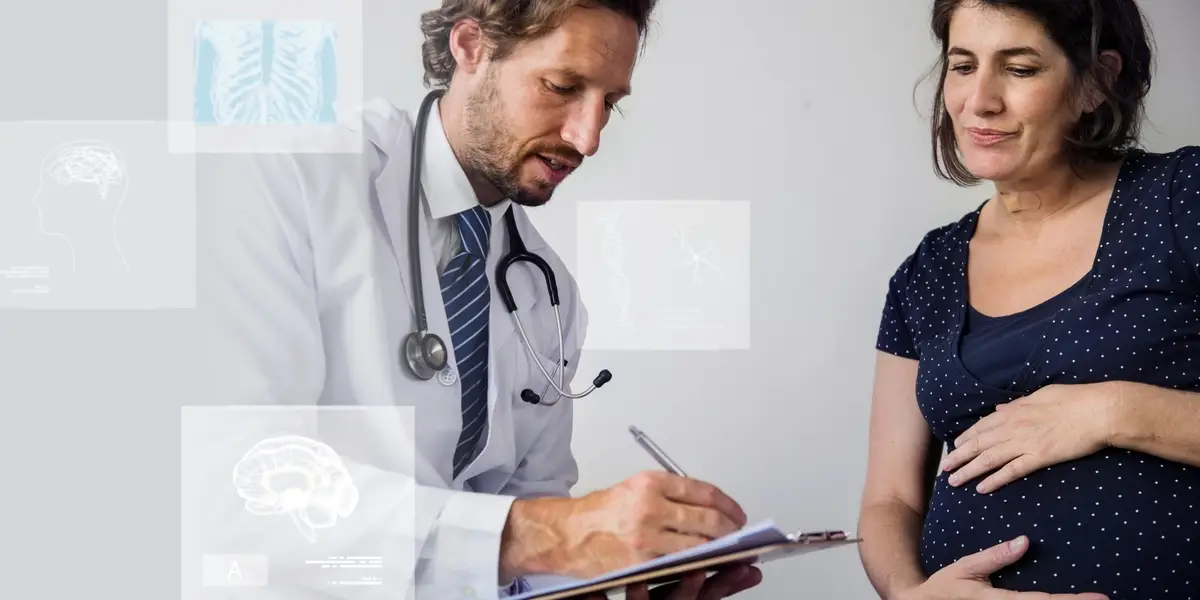
Developing Clinical Expertise: Beyond Technology
Harnessing the Power of Clinical Observation
In an era dominated by advanced diagnostic technologies, the value of clinical observation remains unparalleled in medical practice. Before the advent of sophisticated imaging and laboratory tests, physicians relied heavily on their five senses to diagnose and treat patients. This traditional approach, still practiced in many parts of the world, emphasizes the importance of developing a keen clinical eye through direct patient interaction. The ability to discern fetal positions through palpation alone or detect faint heartbeats with a stethoscope demonstrates how refined sensory skills can yield remarkable diagnostic accuracy even without modern equipment.
The foundation of clinical expertise lies in recognizing that patients themselves are often the best source of diagnostic information. Particularly in chronic conditions, patients become experts in their own experiences, capable of providing detailed accounts of their disease history, symptoms, and treatment responses. Their narratives serve as rich resources for diagnosis, offering subtle clues through both explicit statements and implicit cues in their storytelling. Paying close attention to how patients describe their symptoms – their choice of words, body language, and emotional expressions – can reveal crucial diagnostic information that standardized tests might miss.
However, physicians must approach patient narratives with discernment, as not all information provided will be entirely accurate. Some patients may omit crucial details, provide vague responses, or even deliberately mislead. This reality transforms the physician's role into that of an investigator, requiring careful correlation between patient history and physical examination findings. When inconsistencies arise, the clinical eye becomes particularly valuable in identifying potential discrepancies and pursuing further investigation. This investigative aspect of medicine highlights the necessity of developing strong analytical skills alongside technical knowledge.
While technology has revolutionized medical diagnostics, it cannot replace the nuanced understanding gained through direct patient interaction. Advanced imaging systems and automated diagnostic tools offer incredible precision but lack the contextual awareness that comes from hands-on experience. A prime example of this limitation occurs during challenging procedures like newborn blood draws, where technological aids may prove insufficient. In such cases, the practitioner's developed sense of touch and spatial awareness often surpasses the capabilities of even the most sophisticated equipment. These moments underscore the irreplaceable value of hands-on practice in developing clinical expertise.
Building confidence in one's clinical abilities requires acknowledging both strengths and limitations. Medical learners frequently experience internal panic when faced with unfamiliar presentations, fearing judgment for asking "basic" questions. Yet, overcoming this hesitation is crucial for professional growth. Working in resource-limited settings particularly emphasizes the importance of trusting one's observations and conclusions while simultaneously recognizing when to seek guidance. Every patient encounter contributes to the lifelong learning process that defines medical practice, continually honing the clinical eye through accumulated experience and knowledge.

Cultivating Diagnostic Mastery
Developing diagnostic proficiency represents a lifetime commitment that extends far beyond formal education. The journey begins with embracing uncertainty and recognizing that initial confusion during patient encounters is a natural part of the learning process. Rather than viewing unknown presentations as failures, they should be seen as opportunities for growth and refinement of diagnostic skills. Each challenging case adds layers to a physician's clinical intuition, gradually building the pattern recognition abilities crucial for accurate diagnosis.
The evolution of diagnostic expertise follows a trajectory from conscious incompetence to unconscious competence. Early in training, physicians actively work through diagnostic algorithms, consciously applying learned principles to patient presentations. With experience, this process becomes increasingly intuitive, allowing for rapid pattern recognition and hypothesis generation. However, maintaining this skill requires continuous engagement with new cases and ongoing self-assessment to prevent diagnostic complacency.
Technology serves as a powerful ally in diagnostic development but must be viewed as a complementary tool rather than a replacement for clinical judgment. Modern diagnostic equipment provides unprecedented visualization capabilities, from basic electrocardiograms to advanced three-dimensional imaging. These tools enhance rather than diminish the value of clinical observation, offering additional data points that skilled practitioners integrate into their overall assessment. The true art lies in knowing when to rely on technology and when to trust clinical intuition.
Confidence in diagnostic abilities grows through repeated exposure to diverse cases and honest reflection on outcomes. Successful diagnoses build assurance, while missed diagnoses offer invaluable learning opportunities. The key lies in maintaining an open mindset, always willing to reconsider initial impressions based on new information. This flexibility, combined with solid foundational knowledge, creates the adaptability necessary for mastering diagnosis in complex clinical scenarios.
Embracing Lifelong Learning in Medicine
The pursuit of medical excellence demands a commitment to perpetual growth and adaptation throughout one's career. This journey encompasses not only technical skill development but also the cultivation of crucial interpersonal abilities that define exceptional patient care. As future healthcare professionals, embracing this lifelong learning process requires strategic approaches that address both cognitive and emotional aspects of medical practice.
Participating in structured learning opportunities, such as empathy workshops facilitated by clinical psychologists, provides valuable frameworks for managing the emotional complexities of patient care. These sessions help practitioners navigate the delicate balance between maintaining professional boundaries and fostering genuine human connections. Through targeted exercises and reflective practices, healthcare workers can rediscover their capacity for compassion and learn to channel it effectively in clinical settings. Additionally, engaging with social causes outside medical practice reinforces community ties and reminds practitioners of their broader societal role, helping to maintain perspective on the human aspects of healthcare.
Personal development practices, including gratitude journaling and mindful reflection, serve as powerful tools for maintaining empathy and preventing burnout. Regularly documenting positive experiences and acknowledging personal privileges helps practitioners appreciate their position and responsibilities within the healthcare system. This awareness fosters deeper understanding of patients' diverse circumstances and enhances the ability to provide culturally sensitive care. Furthermore, adopting the "fake it till you make it" approach during challenging interactions – maintaining a warm smile and asking sincere questions – can create positive feedback loops that eventually transform into genuine expressions of care.
The integration of these practices into daily routines requires intentional effort and organizational support. Healthcare institutions should prioritize creating environments that encourage continuous learning and emotional well-being among staff. This might include establishing regular peer support groups, implementing mentorship programs, and providing access to mental health resources. Such initiatives not only benefit individual practitioners but also contribute to improved patient outcomes and enhanced workplace culture across the healthcare system.
Ultimately, success in medicine depends on balancing technical expertise with humanistic qualities. By committing to lifelong learning in both clinical skills and interpersonal competencies, healthcare professionals can ensure they remain effective, compassionate caregivers throughout their careers. This dual focus prepares practitioners to meet the evolving challenges of modern medicine while maintaining the core values that define exceptional patient care.
Conclusion: The Path to Holistic Medical Excellence
Mastering the art of medical practice requires integrating multiple dimensions of expertise, from technical proficiency to deep human connection. The journey begins with cultivating genuine empathy through structured approaches and personal development practices, creating a foundation for meaningful patient interactions. This empathetic base supports the development of refined clinical interviewing skills, where structured methodologies like OPQRST-AAA and ICE mnemonics guide efficient yet comprehensive patient assessments. Simultaneously, honing clinical observation abilities and diagnostic acumen through continuous practice and experience builds the essential "clinical eye" that complements technological advancements.
These interconnected elements form a cohesive framework for medical excellence, where each component strengthens and informs the others. Empathy enhances diagnostic accuracy by encouraging open patient communication, while systematic clinical approaches ensure thorough evaluations that respect patients' perspectives. The integration of traditional observational skills with modern diagnostic tools creates a balanced practice that maximizes both human insight and technological precision.
As healthcare professionals progress in their careers, maintaining this integrated approach becomes increasingly vital. The commitment to lifelong learning must encompass both technical mastery and humanistic development, ensuring that practitioners remain adaptable to evolving medical challenges while preserving the essential human elements of care. By embracing this comprehensive philosophy of medical practice, healthcare providers can deliver truly exceptional patient care that honors both scientific rigor and human dignity.

Topic FAQs
Take Your Medical Education to the Next Level with Physeo
Whether you're preparing for Step 1, Step 2, or striving to become a more confident and compassionate physician, Physeo is here to support your journey. Our resources are designed to help you master complex concepts, stay motivated, and achieve your goals.
📚 Unlock Premium Study Tools
Dive into our comprehensive video lessons, image mnemonics, and proven study plans tailored for success. Check out Our Plans to explore subscription options and find the perfect plan for your needs.
💡 Stay Inspired with Our Blog
Looking for tips on excelling in medical school, overcoming burnout, or balancing life as a student or professional? Check out our Blog. It’s your go-to resource for actionable advice and stories from fellow medical students and professionals.
📺 Boost Your Learning with Our YouTube Channel
Prefer learning through videos? Subscribe to our YouTube channel for free tutorials, step-by-step explanations, and expert insights to help you ace your exams and thrive in your medical career.
📱 Connect with Us on Social Media
Stay updated, inspired, and connected with Physeo across our social media platforms:
- Instagram: Follow us on Instagram for daily motivation, study tips, and behind-the-scenes content.
- Facebook: Join our community Here for updates, discussions, and support.
- LinkedIn: Connect with us professionally at LinkedIn for industry insights, career advice, and networking opportunities.
🚀 Ready to Excel?
Invest in yourself and your future patients by joining the Physeo community today. Let’s work together to create a generation of healthcare providers who lead with knowledge and compassion.
Start Your Journey NowAuthor
Noon Hagmusa, Paula Danika A. Binsol and Abu Huraira Khan
Content Creators
Latest articles
Our newsletter
- Work-Life Balance
- USMLE Prep
- Study Tools
- Stress Management
- Spaced Repetition
- Residency Applications
- Physeo
- Personal Growth
- Pathology Education
- OB/GYN Specialty
- Nutrition
- Neuroscience
- Mental Health
- Medical School Tips
- Healthcare Innovation
- Global Health
- Fitness & Wellness
- Faith & Medicine
- Doctor-Patient Relationships
- Creativity in Science
- Career Planning
- Anatomy Mastery

